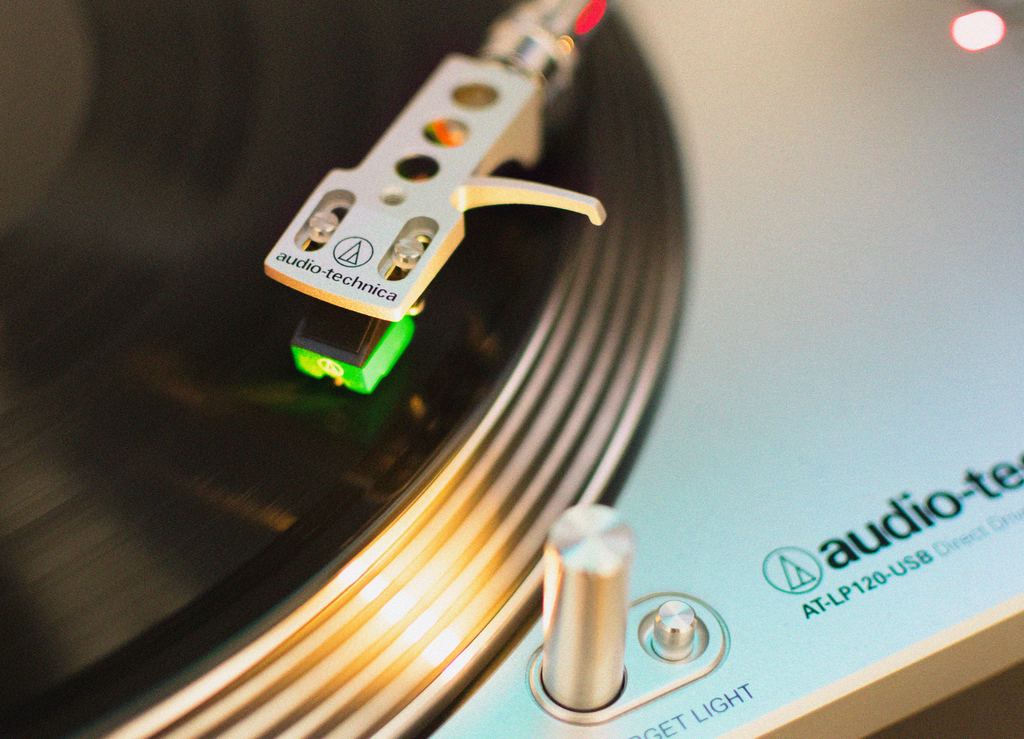
7 Reasons Why I Quit Vinyl DJing
I’ve been a vinyl DJ for a long time. I got my first decks in 2001, when vinyl DJing was still considered the only “real way” to DJ. (Pioneer had just released the CDJ-1000 with vinyl emulation that year; that was the start of the digital revolution.) I learned to beatmatch, mix and do all kinds of tricks on my turntables, and they have served me well over the years.
These days, my decks mostly gather dust, aside from the times when I need to digitize an old record or two. I spend most of my time DJing with my Serato controller, and I couldn’t be happier. Here are the reasons why I ended up ditching vinyl and went 100% digital.
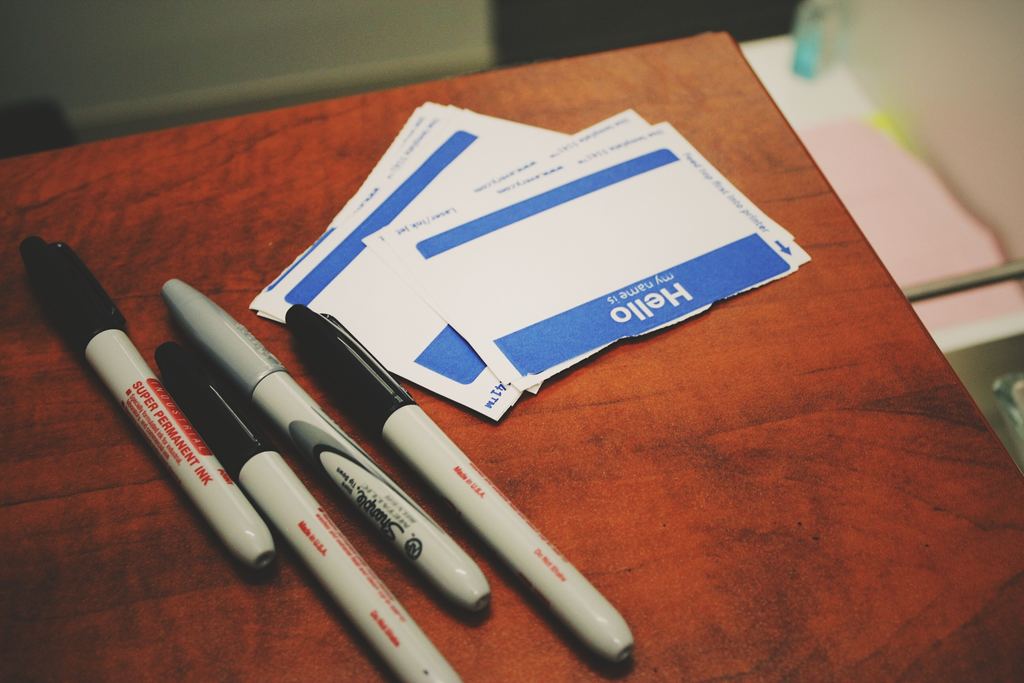
6 Time-Tested Ideas for Choosing a DJ Name
Before you can get out there and start playing real gigs, you need to decide on your DJ name. Granted, your DJ skills are important, but choosing the name shouldn’t be taken lightly either. It’s part of your branding, and good branding can go a long way in helping you get noticed and differentiating yourself from other DJs.
So here are a few ideas on choosing your DJ name.
Your real name. This one is a no-brainer, and in fact over 40% DJs in a recent DJ Mag Top 100 list perform under their real name. If your name is as cool as Armin van Buuren’s, or at least it’s an OK one, you might as well save yourself some mental anguish and go real.
A variation of your name. If your real name isn’t cool enough, try altering it a bit. Change your first name, or use a different last name. Or try replacing your first name with initials.

6 Secrets to Mixing Tracks with Different Tempos
Sometimes you may want to mix two tracks whose tempos are quite different, say go from a 140 BPM track to a 128 BPM one. The problem is, pitching a track up or down more than 4% is almost certain to make it sound weird, and in this example, you’d have to pitch track B up a whopping 9%.
Here are a few tricks to help you mix tracks with different tempos.
Cut it in on the break. Cue up track B at the start of its break. Start it on the 1st beat of a phrase in A’s outro and instantly crossfade to it. The tempo change won’t be as apparent after B’s beat kicks in 32 bars later.
Bring it in over the ambient intro. If track B has some kind of ambiance in the beginning with no beat, you can use that part to cut or crossfade from A to B and let B’s beat kick in later. This is a kind of mix that you would often hear a radio or a mobile DJ do.
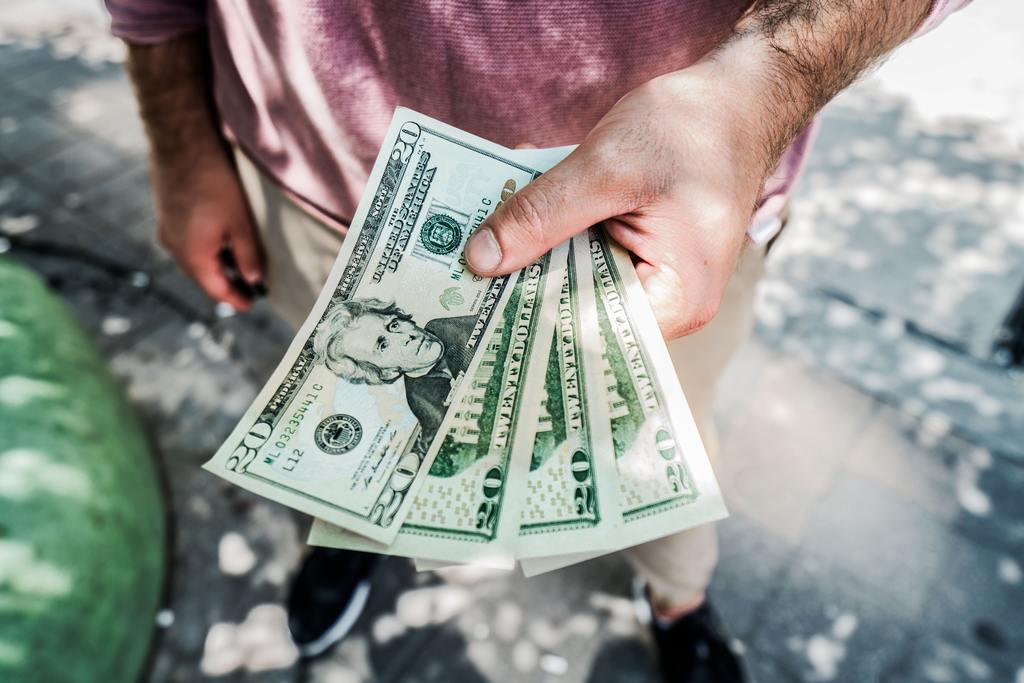
4 Reasons You Should Pay for the Music You DJ with
I’m sure your mom told you that stealing is bad, and downloading music illegally is no exception. Yet although the moral and legal reasons against digital piracy have been beaten to death, there are still quite a few DJs out there who play pirated tracks.
So instead of reminding you why illegal downloading is wrong, I’m going to take a different approach. I’ll explain how paying for music is actually in your best interest.
You become more selective. When you pay for your music, you think twice before hitting that “Buy” button to download a track. Do I really like this tune? Where will it fit in my set? When would it be appropriate to play? Questions like these make you more selective about your music library, which in turn makes you a better DJ.
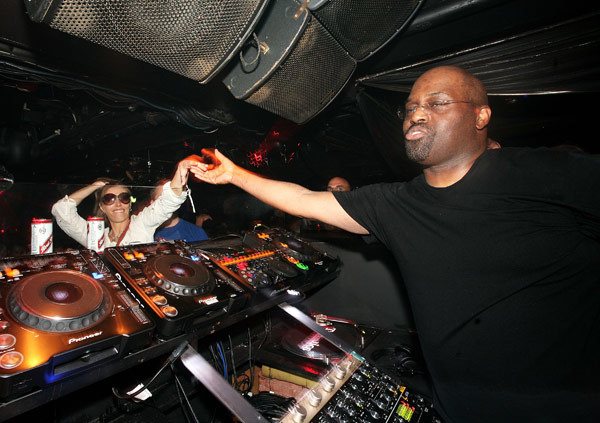
How to Be Great
It was a busy winter night several years ago at the club where I was a resident DJ. We had Andy Morris from Narcotic Thrust performing, and he was due to play in a few hours. Andy and I were chatting in the restaurant downstairs.
We were talking about music, DJing and what makes a DJ great. Andy picked up some caviar from his plate, took a sip of his champagne (yeah, this guy was living it up!) and said:
“What really makes a DJ great is his ability to surprise.”
A lot of time has passed since that day, but Andy’s words still ring in my ears. Because if you think about it, it’s exactly what separates a great DJ from a mediocre one: their ability to surprise the crowd.
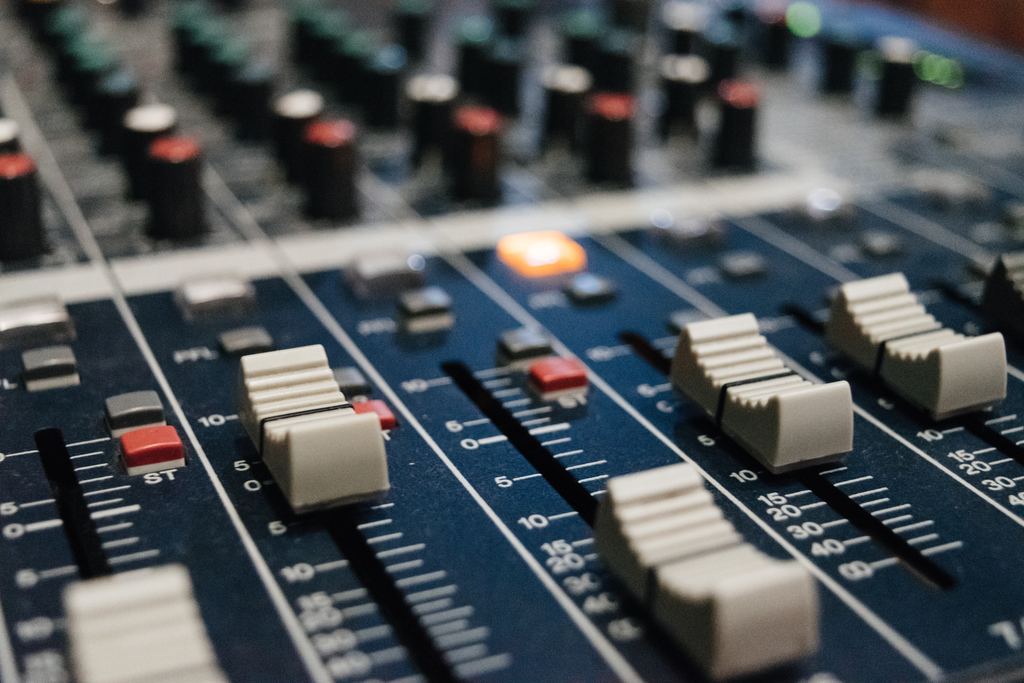
How to Combat Sound Distortion
Here’s a handy tip for when you face the distortion problem. You know, when you keep turning things up, up, and up some more, and then at some point instead of the music becoming louder, it becomes distorted with the speakers apparently about to burst.
Turn things down!
That sounds totally counter-intuitive, but turning things down will often improve your sound and make it louder because you’re getting rid of the distortion.
DJing Nine Decks!
Keeping two records in sync may give you enough of headache, but how about DJing NINE? Well, this is just what Johnathan Lewis (DJ Tutor) set out to do, and here’s how it went.
Beatmatching alone doesn’t make for a great DJ, but it’s fun to see how far the boundaries can be pushed. To quote Johnathan, practice and enjoy!
What’s the craziest DJ thing you’ve done? Got a video? Leave a comment below and let me know.

How to Protect Your #1 DJ Asset
I got a bit of sobering news for you today. You might think that your #1 DJ asset is your crazy mixing skills, your music collection or maybe even your connections with promoters. Wrong. Your #1 asset is your hearing – because without it, there’s not much you can do as a DJ.
Unfortunately, the club environment isn’t your hearing’s best friend. The music is pounding on the dancefloor, the monitors in the DJ booth add up to the noise level, and you have to really crank up the volume in your headphones just to hear anything.
All that can lead to temporary, and then permanent hearing loss, which is a very real danger for a DJ. (Ever had that ringing in your ears after a party?) And let me tell you that losing your hearing, even temporarily, is no fun. Just go watch the “It’s All Gone Pete Tong” movie.
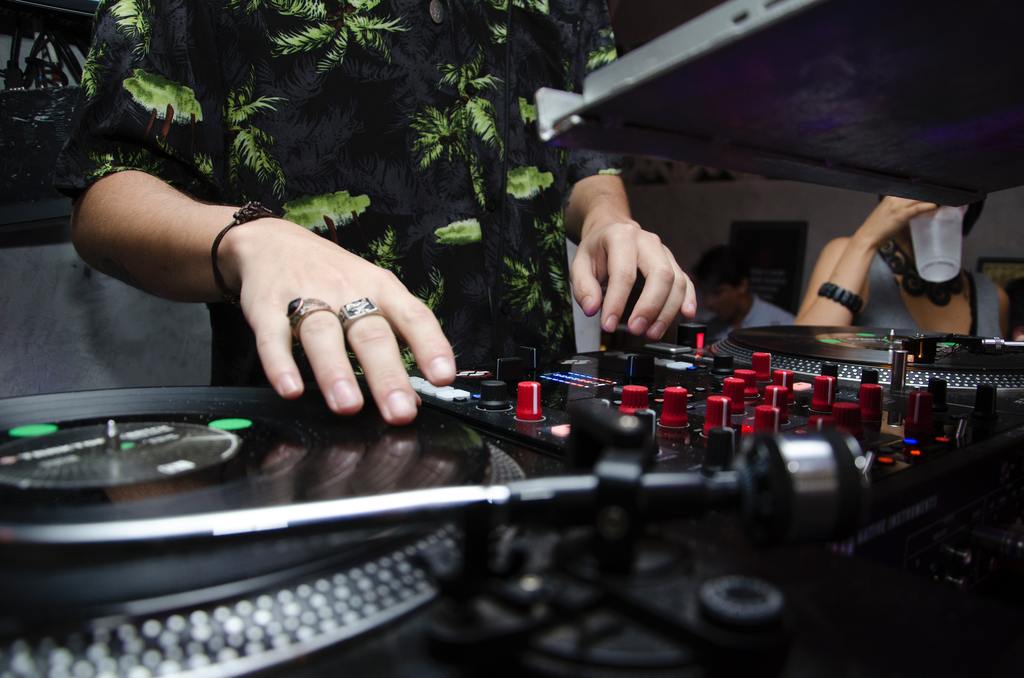
Lost in Beatmatching? Try One of These “Magical” Pitch Positions
You know that I’m all for learning to beatmatch by ear, and in fact I have a whole beatmatching tutorial over on DJing Tips. However, if beatmatching has been driving you nuts lately, here’s a quick tip that can make your life a bit easier.
Here goes. After you’ve beatmatched a tune to another one, you’ll find that more often than not, its pitch ended up in one of these “magical” positions: 0%, +/-0.8%, +/-1.6%, +/-2.4%, +/-3.2% and so on in increments of 0.8%. This is because for tracks in the 125-132 BPM range (which is a very big chunk of dance music out there), a difference of 1 BPM roughly corresponds to a 0.8% difference in tempo.
So next time you’re lost trying to beatmatch a tune, try one of these “magical” pitch positions. One of them might just click!
Any other beatmatching shortcuts you know? Share the tricks in the comments below.

Nerves: How to Combat Them?
I can still remember how nervous I was before my first couple of gigs. I mean, my hands were shaking! Your mileage may vary, but it’s definitely normal to feel some excitement before DJing in public. Here are a few tips on how to deal with the nerves.
Plan ahead. DJing is all about improvisation and interacting with the crowd, but you should come prepared. Have a clear picture of what kind of music you’ll be playing. Keep your “Record box” playlist handy where you’ll draw most of your tunes from.
Don’t dwell on it. Don’t think too much about the event or how you’ll do. Excessive dwelling on that kind of stuff will make you do worse. And completely throw the gig out of your head on day X. Go for a walk, play a video game, do something else.